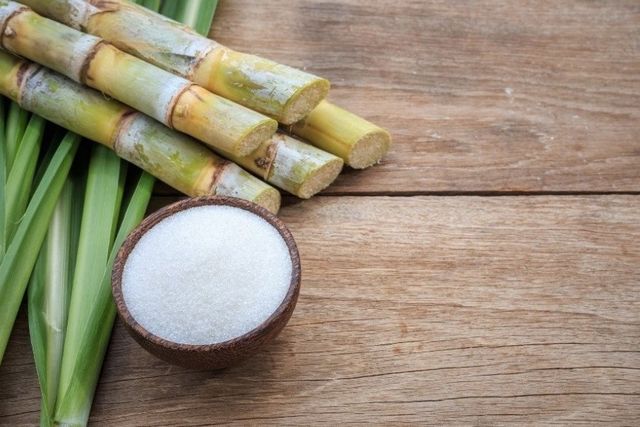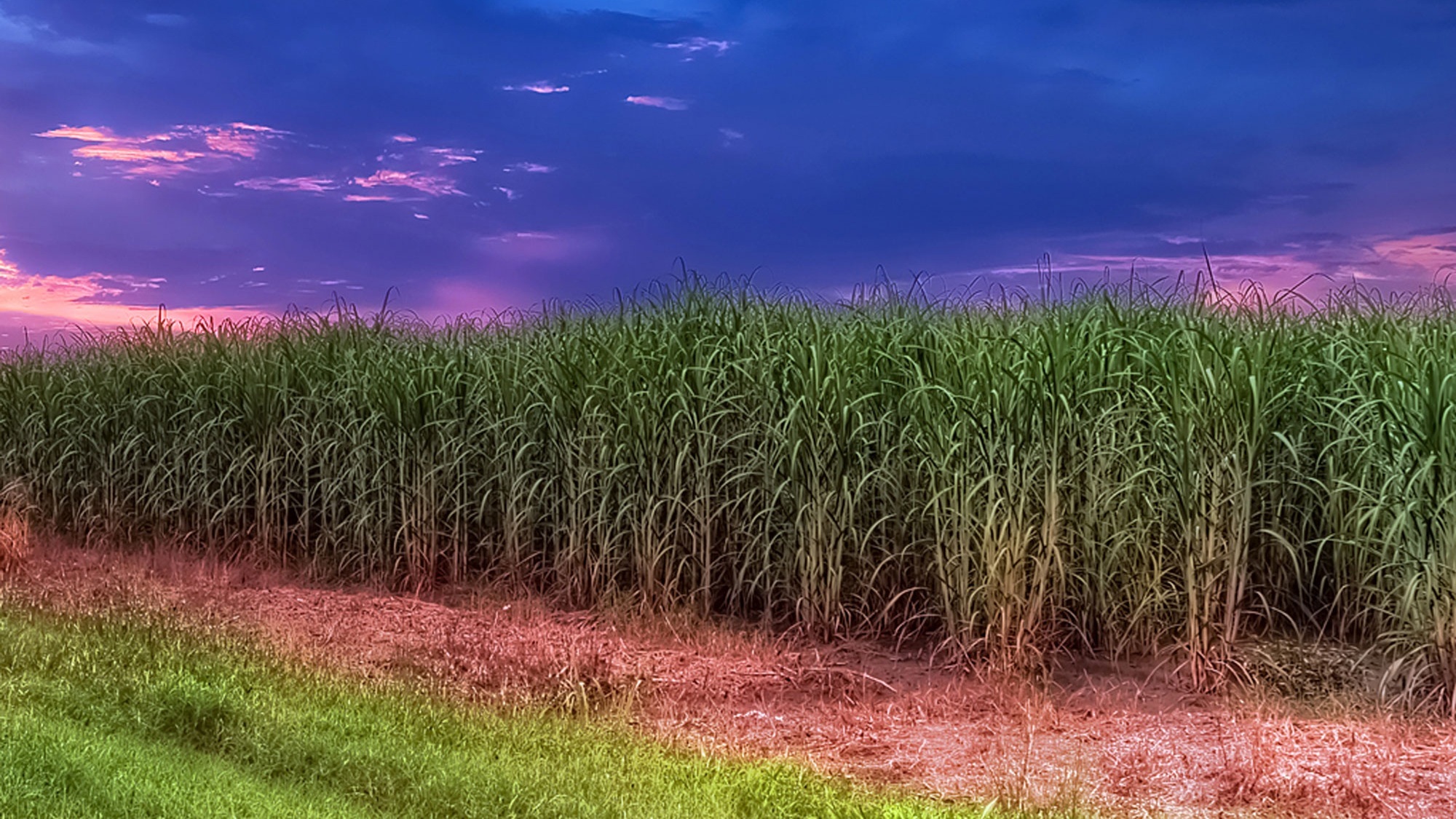Sugar and Cane: Exploring Their Role in Traditional and Modern Cuisine
Sugar and Cane: Exploring Their Role in Traditional and Modern Cuisine
Blog Article
Making The Most Of Sugar Manufacturing With Effective Walking Stick Sugar Processing Chemicals
The optimization of sugar manufacturing via the tactical use walking stick sugar handling chemicals is a critical location of focus for manufacturers aiming to boost return and quality. Effective application of clearing up enzymes, representatives, and flocculants can considerably influence removal performance and juice clarity, yet the complexities of their communications require careful factor to consider. Understanding the subtleties of these chemicals not only promotes conformity with sector standards however also aligns with sustainability objectives. As the field advances, what innovative practices and emerging patterns will shape the future of sugar handling?
Relevance of Processing Chemicals
Handling chemicals play a critical role in the manufacturing of cane sugar, boosting both effectiveness and top quality throughout the production procedure. These chemicals are used at numerous stages, consisting of filtration, clarification, and removal, to enhance the return and purity of the end product - sugar and cane. By facilitating the breakdown of plant cell wall surfaces, processing chemicals guarantee an extra effective removal of sucrose from sugarcane, therefore boosting general manufacturing performance
Furthermore, making use of handling chemicals aids in the removal of pollutants such as dust, waxes, and non-sugars that can detrimentally impact the high quality of the sugar. This results in a much more polished and crystal-clear product, which is important for satisfying sector standards and customer expectations. Additionally, these chemicals can assist stabilize the sugar during storage, stopping destruction and preserving its top quality with time.
The critical application of processing chemicals also contributes to environmental sustainability by reducing waste and improving resource effectiveness. By making the most of extraction rates and reducing pollutants, manufacturers can achieve higher earnings while adhering to environmental laws. Generally, the significance of processing chemicals in walking cane sugar manufacturing can not be underrated, as they are crucial for accomplishing ideal cause both yield and top quality.
Types of Walking Cane Sugar Processing Chemicals
A variety of chemicals are used in the processing of walking cane sugar, each offering details functions to boost manufacturing effectiveness and product quality. Among the most typical types are clarifying representatives, that include lime and phosphoric acid. These chemicals assist remove contaminations and promote the explanation of juice throughout the removal process.
One more critical group includes flocculants and coagulants, such as polyacrylamide and gelatin, which assist in the cluster of suspended bits, thus improving the filtering of sugar juices. In addition, sulfur dioxide is regularly utilized as a whitening representative, aiding in the removal of colorants while protecting the desired flavor profile.
Acids, like citric and acetic acid, are essential for pH modification, promoting ideal problems for chemical reactions and boosting overall sugar recovery. Antifoaming representatives, such as polydimethylsiloxane, are used to minimize foam development during boiling processes, guaranteeing smooth operations.

Benefits of Effective Chemical Use
Using chemicals properly in walking cane sugar handling returns considerable advantages that improve both manufacturing efficiency and product top quality. The proper use processing chemicals can result in boosted extraction prices, allowing suppliers to take full advantage of the return from raw walking stick sugar. Enhanced extraction not only decreases waste but additionally optimizes resource usage, adding to cost savings.
Additionally, effective chemical application help in the clarification and filtration stages, resulting in a higher-quality final product. This is important for fulfilling consumer assumptions and regulative requirements, as impurities can affect taste, shade, and general marketability. Making use of specific flocculants and clarifying agents can accelerate the elimination of contaminations, making certain a more clear syrup and, eventually, granulated sugar.
Moreover, the best chemicals can enhance the security of the sugar during storage and transport, decreasing the danger of perishing and protecting high quality. This security is necessary for maintaining item integrity in an affordable market. Generally, the critical application of handling chemicals not only enhances operations but likewise elevates the final product, guaranteeing that producers can deliver high-grade cane sugar effectively and sustainably.

Ideal Practices for Application
Applying best practices for the application of chemicals in cane sugar handling can considerably enhance results and boost overall effectiveness. Initially, it is necessary to perform a comprehensive evaluation of the sugarcane high quality and the certain processing needs to figure out the appropriate chemical formulas. This tailored method guarantees that chemicals are utilized effectively and minimizes waste.
Proper dosage is one more important factor; adherence to supplier guidelines is essential in accomplishing desired results without over-application, which can result in negative ecological impacts and boosted prices. Routine calibration of application equipment is needed to make certain precise circulation and uniform protection of chemicals.
In addition, timing of application plays a vital function. sugar and cane. Chemicals ought to be used at optimal phases of the handling cycle, such as throughout removal or clarification, to optimize their efficiency. Keeping an eye on the handling problems, consisting of temperature and pH levels, can even more enhance chemical performance
Lastly, training employees on security methods and functional treatments is essential. By fostering a society of safety and security and compliance, facilities can minimize risks connected with chemical handling while making sure optimum chemical application for enhanced sugar return and top quality.
Future Patterns in Sugar Processing
As the cane sugar industry advances, a number of future trends are poised to improve processing techniques and enhance sustainability. One substantial fad is the raising fostering of automation and digital technologies, which simplify procedures and wikipedia reference improve effectiveness. Advanced analytics and artificial intelligence algorithms can optimize processing parameters, resulting in minimized waste and higher sugar returns.
Additionally, the integration of renewable resource sources into sugar handling centers is on the increase. Utilizing biomass power from sugarcane byproducts not only reduces the carbon footprint however additionally decreases operational costs. This change lines up with global sustainability goals and enhances the industry's resilience versus varying power prices.

Furthermore, the formula of greener handling chemicals is acquiring traction. Producers are establishing non-toxic and biodegradable choices that maintain efficiency while lessening ecological impact - sugar and cane. This you could try these out trend not just addresses regulative stress yet also satisfies consumer needs for sustainable techniques
Final Thought
The reliable application of walking cane sugar processing chemicals is essential to maximizing sugar production. By making use of clarifying enzymes, flocculants, and representatives, manufacturers can dramatically improve removal rates and enhance juice clarity, eventually leading to higher yields and premium item top quality. Abiding by best techniques in chemical usage not just advertises sustainability and lowers waste however also placements producers to meet progressing sector criteria. Constant development and adaptation in handling techniques will be essential for future improvements in sugar production.
:max_bytes(150000):strip_icc()/ms-sugar-getty-cfed0662acca49f7b6e52c593767dfb9.jpg)
Report this page